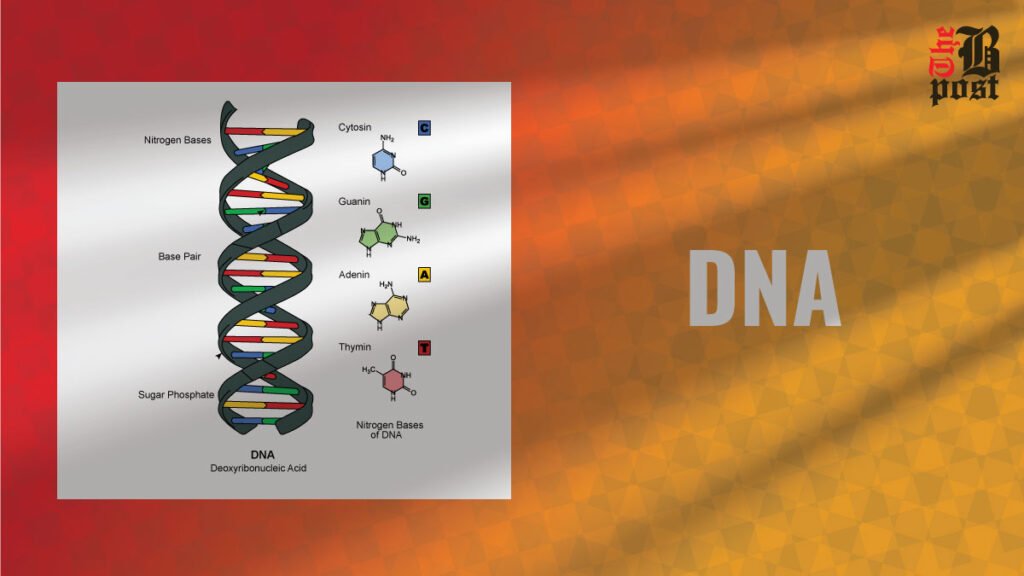Deoxyribonucleic acid, commonly known as DNA, is the molecular blueprint for all living organisms. It is a fascinating molecule that encodes the instructions necessary for any organism to grow, develop, function and reproduce. Understanding Deoxyribonucleic acid is essential to understanding the basics of biology.
What is DNA?
Deoxyribonucleic acid, is a molecule consisting of two strands that twist around each other to form a double helix. Each strand consists of a long chain of nucleotides, which are the building blocks of DNA. A nucleotide consists of three components: a phosphate group, a sugar molecule (deoxyribose) and there are four nitrogenous bases – adenine (A), thymine (T), cytosine (C) and guanine (G). These bases pair in a specific way: adenine with thymine and cytosine with guanine, forming the steps of the DNA ladder.
Structure of DNA
James Watson and Francis Crick discovered the double helix structure of Deoxyribonucleic acid in 1953 with the help of Rosalind Franklin and Maurice Wilkins. This structure is crucial because it allows the DNA to be packed tightly inside cell nucleus and is accurately reproduced during cell division. The sequence of bases in a DNA strand constitutes the genetic code, which is read as groups of three bases called codons. Each codon specifies a specific amino acid, the building block of proteins.
Functions
The main function of Deoxyribonucleic acid is to store and transmit genetic information. Basically, it’s a guide to building and maintaining your body. During cell division, DNA replicates itself, ensuring that each new cell has identical genetic instructions. This process is called Deoxyribonucleic acid replication and is crucial for growth, development and tissue repair.
In addition to replication, DNA plays a critical role in protein synthesis. The process begins with transcription, where a segment of Deoxyribonucleic acid is copied into messenger RNA (mRNA). The mRNA then travels to the ribosome, where it directs the assembly of amino acids into proteins according to the genetic code, a process called translation. Essential for almost all cellular functions, proteins act as enzymes, structural components, signaling molecules, etc.
DNA and Genetics
The study of DNA has led to significant advances in genetics. Scientists can now sequence entire genomes, enabling a deeper understanding of genetic diseases, developmental biology and biotechnological applications. Technologies such as CRISPR-Cas9 have revolutionized gene editing, providing potential cures for genetic diseases and advances in agriculture and medicine.
Conclusion
DNA is the cornerstone of life, containing the genetic blueprint that defines every living organism. Its discovery unlocked the secrets of heredity and opened a world of possibilities in science and medicine. As research progresses, our understanding of DNA continues to grow, paving the way for innovations that could transform healthcare, agriculture and many other fields.
Deoxyribonucleic acid is not just a molecule; it is the essence of life itself, intricately designed and remarkably powerful. By studying DNA, we delve into the code that makes us who we are and explore the fundamental principles that govern all living things.
